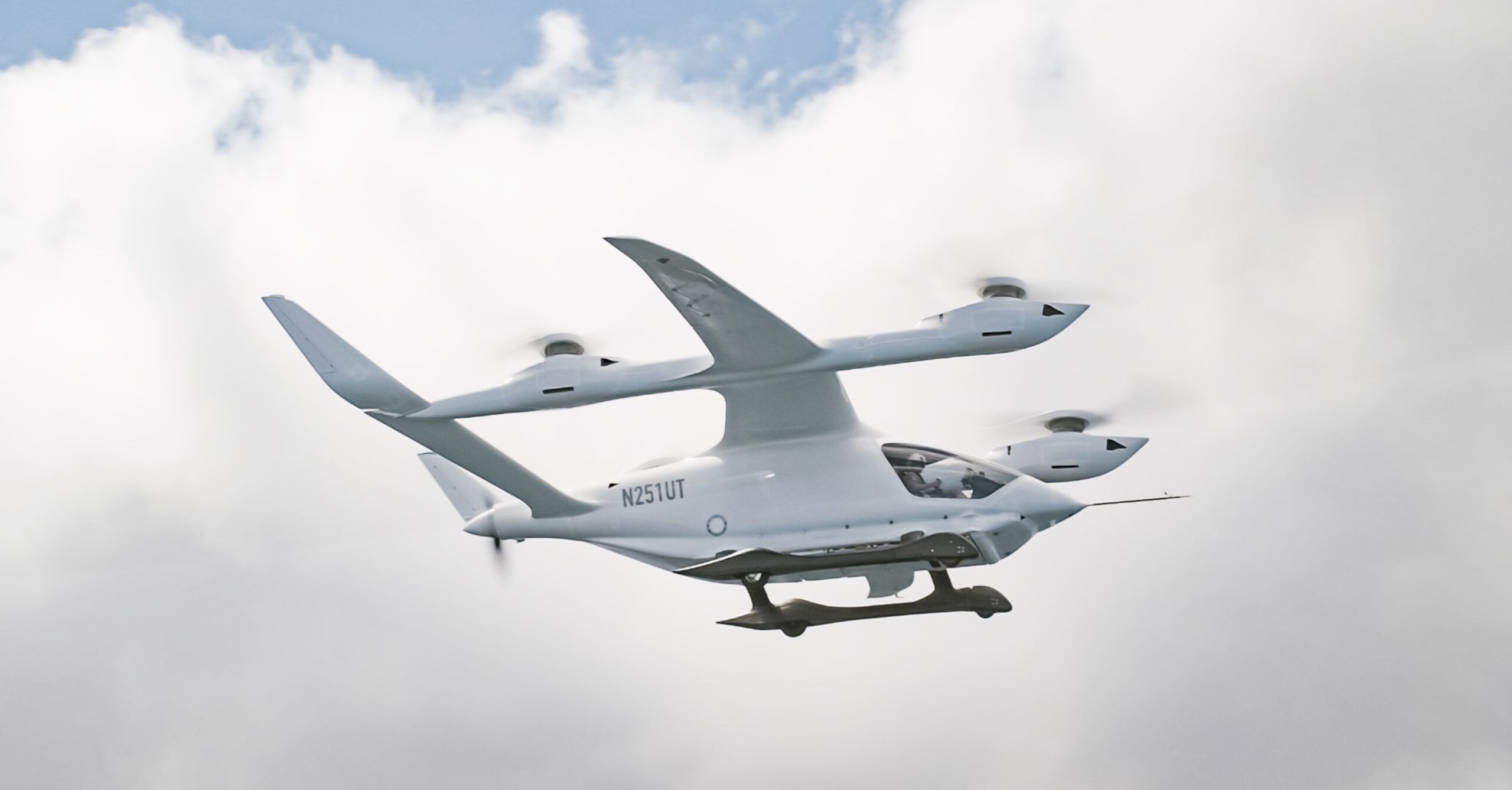The Rise of eVTOL Technology: Transforming Urban Air Mobility
Key Ideas
- eVTOL technology has evolved from a futuristic concept to a reality, with successful flights by companies like Joby Aviation and Archer Aviation.
- eVTOL vehicles utilize vectored thrust and electric propulsion, offering simpler designs, lower manufacturing costs, and enhanced safety features.
- Applications of eVTOL technology range from on-demand passenger services (air taxis) to package delivery and public services like firefighting and disaster relief.
- The main challenge facing eVTOL aircraft is the relatively low energy density of batteries compared to conventional aircraft fuels, limiting range and posing certification requirements.
For decades, flying cars were considered a far-fetched idea until the emergence of electric vertical takeoff and landing (eVTOL) technology. eVTOL designs, including multirotor, lift + cruise, tiltrotor, and vectored thrust, are reshaping urban air mobility. Companies like Airbus, Boeing, Joby Aviation, and Volocopter are actively developing eVTOL aircraft. eVTOL vehicles primarily operate with electric propulsion systems, enabling simpler designs and lower operational costs. They are envisioned for various applications such as air taxis, package delivery, and public services like firefighting. Despite the potential, eVTOL faces challenges, particularly in energy density. The use of batteries with lower energy density compared to conventional fuels limits the range of eVTOL aircraft and poses regulatory hurdles, especially in jurisdictions like the FAA. Addressing these challenges is crucial for the widespread adoption of eVTOL technology in the future.
Topics
Fuel Cells
Aviation
Infrastructure
Technology
Innovation
Electric Vehicles
Transportation
Urban Air Mobility
Future Tech
Latest News
